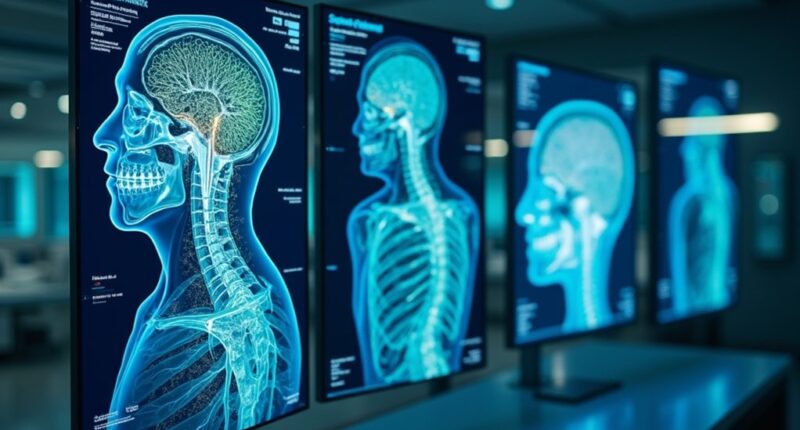Although hailed as a revolutionary leap, the integration of artificial intelligence into diagnostic imaging exposes a glaring contradiction between technological promise and practical inertia, as the medical industry stubbornly clings to outdated workflows despite AI’s demonstrable ability to enhance accuracy, expedite diagnosis, and alleviate clinician overload; this disconnect not only undermines patient outcomes but also flagrantly disregards the urgency demanded by escalating healthcare burdens, forcing a critical reckoning with the complacency that still hampers widespread adoption and regulatory harmonization. The global AI in medical imaging market, estimated at USD 1.67 billion in 2025 and projected to soar to USD 14.46 billion by 2034, signals a tectonic shift that some stakeholders inexplicably resist. This remarkable expansion is driven by a 27.10% CAGR forecast from 2025 to 2034, underscoring the technology’s rapid adoption potential. North America and Europe lead adoption due to their developed infrastructures and regulatory foresight, while Asia Pacific surges ahead, propelled by urgent healthcare demands and proactive policies. Yet, despite over 777 AI-enabled devices securing FDA clearance, many institutions remain shackled to legacy systems, as if the promise of faster, more accurate diagnostics were an inconvenient truth rather than a clarion call. However, the increasing complexity of AI systems also raises concerns about technical vulnerabilities that could impact patient safety and data integrity.
Technological advances—such as generative AI for patient summaries, multi-modal AI synthesizing disparate data, and deep learning algorithms shifting from prototypes to clinical mainstays—should have rendered hesitation obsolete. AI’s capacity to reduce radiologists’ workload by automating tedious tasks, improving image clarity, and detecting subtle abnormalities is not mere hype; it’s a documented boon to diagnostic efficiency and patient care. Nevertheless, regulatory frameworks, though maturing, grapple with balancing innovation and safety, occasionally stifling momentum with bureaucratic sluggishness. Economic factors, including volatile budgets and cautious investment, further complicate adoption, threatening to relegate AI to a niche tool rather than a transformative standard. Additionally, high costs and cybersecurity concerns continue to pose significant barriers to broader implementation in many healthcare settings. In sum, the medical community’s half-hearted embrace of AI in diagnostic imaging betrays a disturbing reluctance to prioritize progress, demanding an unflinching reevaluation lest this technological revolution be squandered on inertia and red tape.









